- Home
- Articles
- Architectural Portfolio
- Architectral Presentation
- Inspirational Stories
- Architecture News
- Visualization
- BIM Industry
- Facade Design
- Parametric Design
- Career
- Landscape Architecture
- Construction
- Artificial Intelligence
- Sketching
- Design Softwares
- Diagrams
- Writing
- Architectural Tips
- Sustainability
- Courses
- Concept
- Technology
- History & Heritage
- Future of Architecture
- Guides & How-To
- Art & Culture
- Projects
- Interior Design
- Competitions
- Jobs
- Store
- Tools
- More
- Home
- Articles
- Architectural Portfolio
- Architectral Presentation
- Inspirational Stories
- Architecture News
- Visualization
- BIM Industry
- Facade Design
- Parametric Design
- Career
- Landscape Architecture
- Construction
- Artificial Intelligence
- Sketching
- Design Softwares
- Diagrams
- Writing
- Architectural Tips
- Sustainability
- Courses
- Concept
- Technology
- History & Heritage
- Future of Architecture
- Guides & How-To
- Art & Culture
- Projects
- Interior Design
- Competitions
- Jobs
- Store
- Tools
- More
Revolutionizing Affordable Housing: Cost-Effective Architectural Solutions for Urban Development

In the face of growing urban populations and the escalating housing crisis, the need for affordable housing solutions has never been more urgent. This article delves into innovative, cost-effective architectural strategies that are transforming the landscape of urban development. These solutions not only aim to provide affordable living spaces but also ensure sustainability, community engagement, and aesthetic appeal.
Table of Contents
ToggleInnovative Design Approaches
- Modular Construction: One of the most promising developments in affordable housing is modular construction. These prefabricated units are manufactured off-site and assembled on location, significantly reducing construction time and costs. Modular buildings can also be disassembled and relocated, offering flexibility in urban planning.
- Sustainable Materials: Architects are increasingly turning to sustainable materials like bamboo, recycled plastic, and reclaimed wood. These materials are not only environmentally friendly but also cost-efficient, reducing the overall expenses of housing projects.
- Micro-Apartments: In densely populated cities, micro-apartments have emerged as a viable solution. These compact living spaces are designed with efficiency in mind, maximizing utility in a minimal area. This approach significantly lowers rental costs, making housing more accessible in urban centers.

Community-Focused Design
- Co-Housing Communities: These are planned communities where residents have private spaces but also share common facilities like kitchens, laundry rooms, and gardens. This model fosters a sense of community and can lower living costs through shared resources.
- Mixed-Use Developments: Integrating residential spaces with commercial and recreational areas can create dynamic neighborhoods. This blend not only optimizes land use but also enhances the quality of life for residents.
Technology Integration
- Smart Building Technologies: Incorporating smart technologies in affordable housing can lead to energy efficiency and reduced utility costs. Features like automated lighting, energy-efficient appliances, and smart thermostats help residents save money.
- 3D Printing: 3D printing in construction is a groundbreaking technology that can drastically cut building costs. By using this technology, entire structures can be printed with precision and at a fraction of the time and cost of traditional construction methods.

Challenges and Future Directions
Despite these innovations, there are challenges such as regulatory hurdles, financing issues, and resistance to new technologies. Overcoming these obstacles requires collaboration between architects, governments, and communities.
The future of affordable housing lies in continuous innovation and adaptation. As technology advances, so too will the opportunities to create efficient, affordable, and sustainable urban housing solutions.
The concept of affordable housing transcends the notion of simply reducing costs. It’s about reimagining urban landscapes as vibrant, equitable spaces where diverse populations can thrive. Modular construction, sustainable materials, and micro-apartments are not just solutions to a housing shortage; they are steps towards a more adaptable and resilient urban future.
The integration of technology in housing, through smart building technologies and 3D printing, offers a glimpse into a future where efficiency and sustainability are not just ideals but realities embedded in the very walls of our homes. These advancements promise not only lower costs but also a lower environmental footprint, aligning the need for affordable housing with the imperative of environmental stewardship.

Furthermore, the emphasis on community-focused designs, such as co-housing communities and mixed-use developments, reflects a deeper understanding of housing as a fundamental human experience. These designs nurture the sense of belonging, encourage social interaction, and foster communal support systems, which are vital in tackling the urban challenges of mental health and social isolation.
Looking ahead, the path to affordable housing will be shaped by our willingness to innovate, adapt, and learn. It will be driven by a commitment to not just build houses, but to create homes that are accessible to all, irrespective of their economic standing. As we embark on this journey, let us remember that every step taken towards affordable housing is a step towards a more equitable, just, and humane society.
In conclusion, the revolution in affordable housing is an ongoing process, one that challenges us to rethink, reimagine, and reconstruct not just our buildings, but our societal structures. It is a call to action, urging us to harness the power of architecture, technology, and community to create a world where everyone has a place to call home. As we embrace these innovative solutions, we pave the way for a brighter, more inclusive urban future.

Submit your architectural projects
Follow these steps for submission your project. Submission FormLatest Posts
Between the Playful and the Vintage, Studio KP Arquitetura Transforms a Creative Multifunctional Space
Beyond its aesthetic and symbolic appeal, the project integrates technological solutions for...
Mixed-Use Building by Samir Alaoui Architectes
Samir Alaoui Architectes’ Mixed-Use Building blends adaptable industrial spaces with private penthouse...
An Experimental Renewal of Mountain Architecture: Valley Homestay in Linggen Village
In Zhejiang’s Linggen Village, a forgotten mountain building has been reimagined into...
James Baldwin Media Library and Refugee House by associer
In Paris’s 19th arrondissement, Atelier Associer has reimagined a 1970s secondary school...




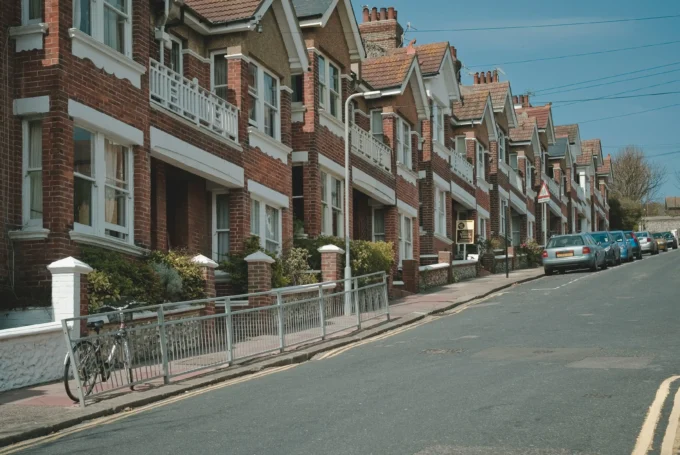



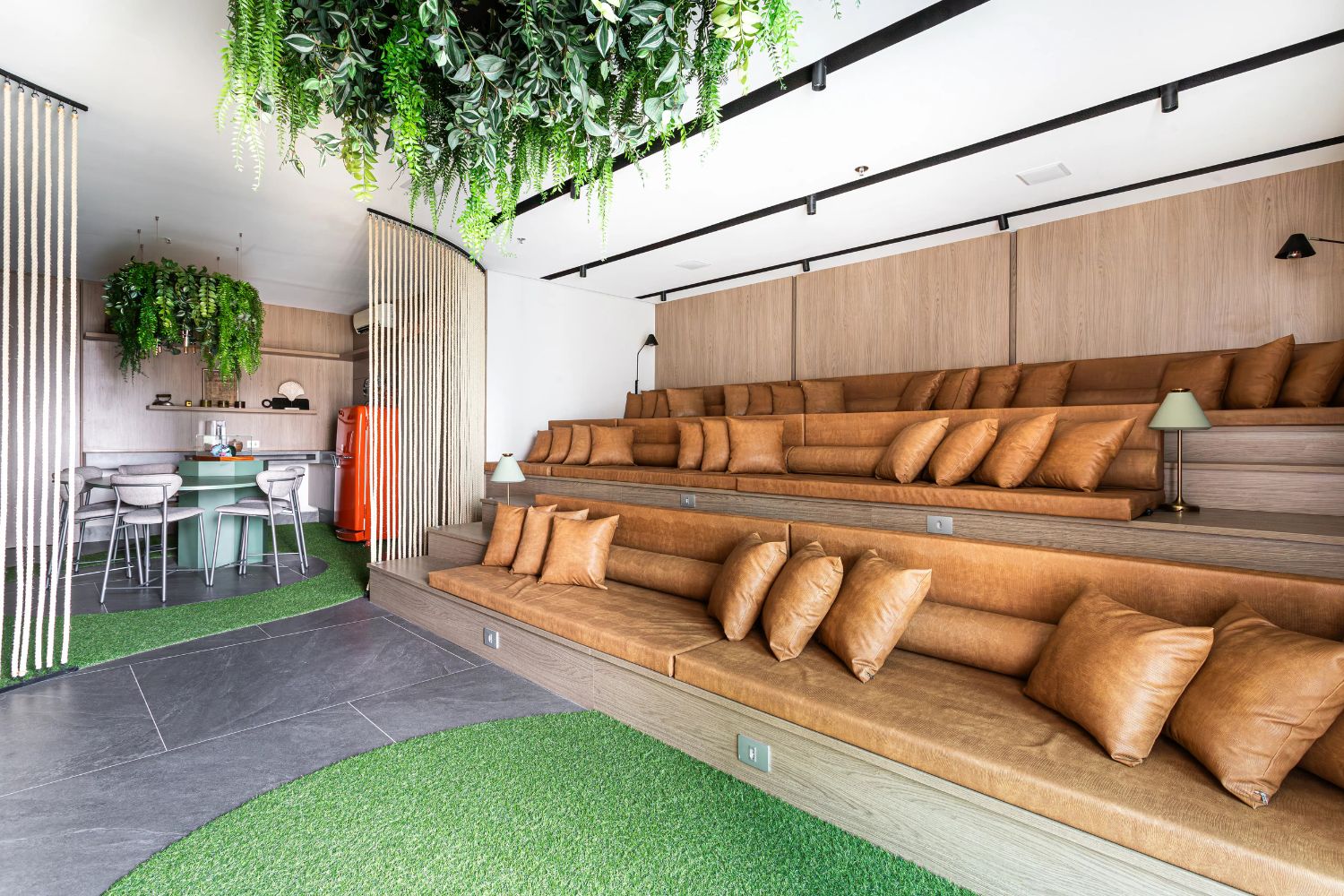
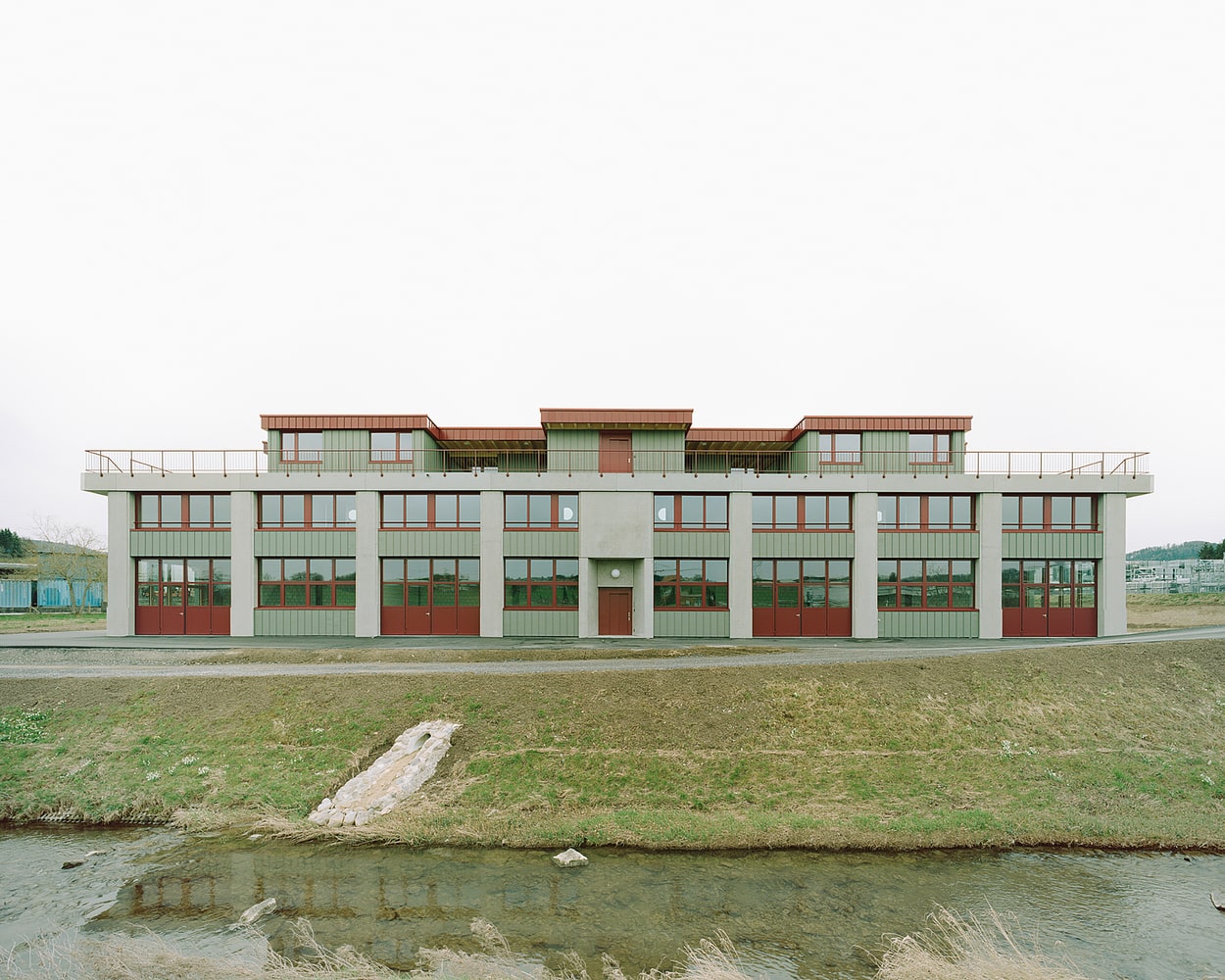
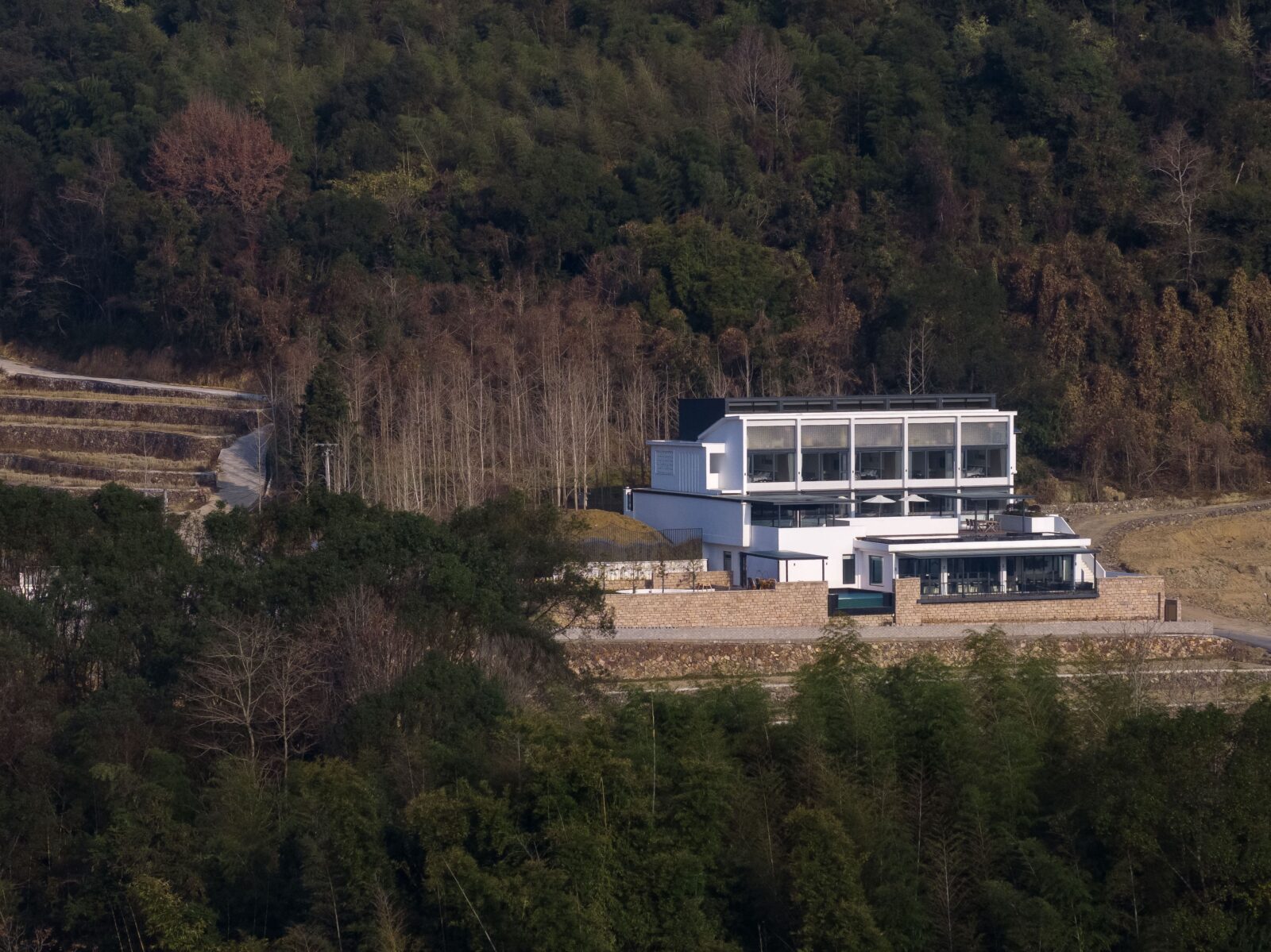
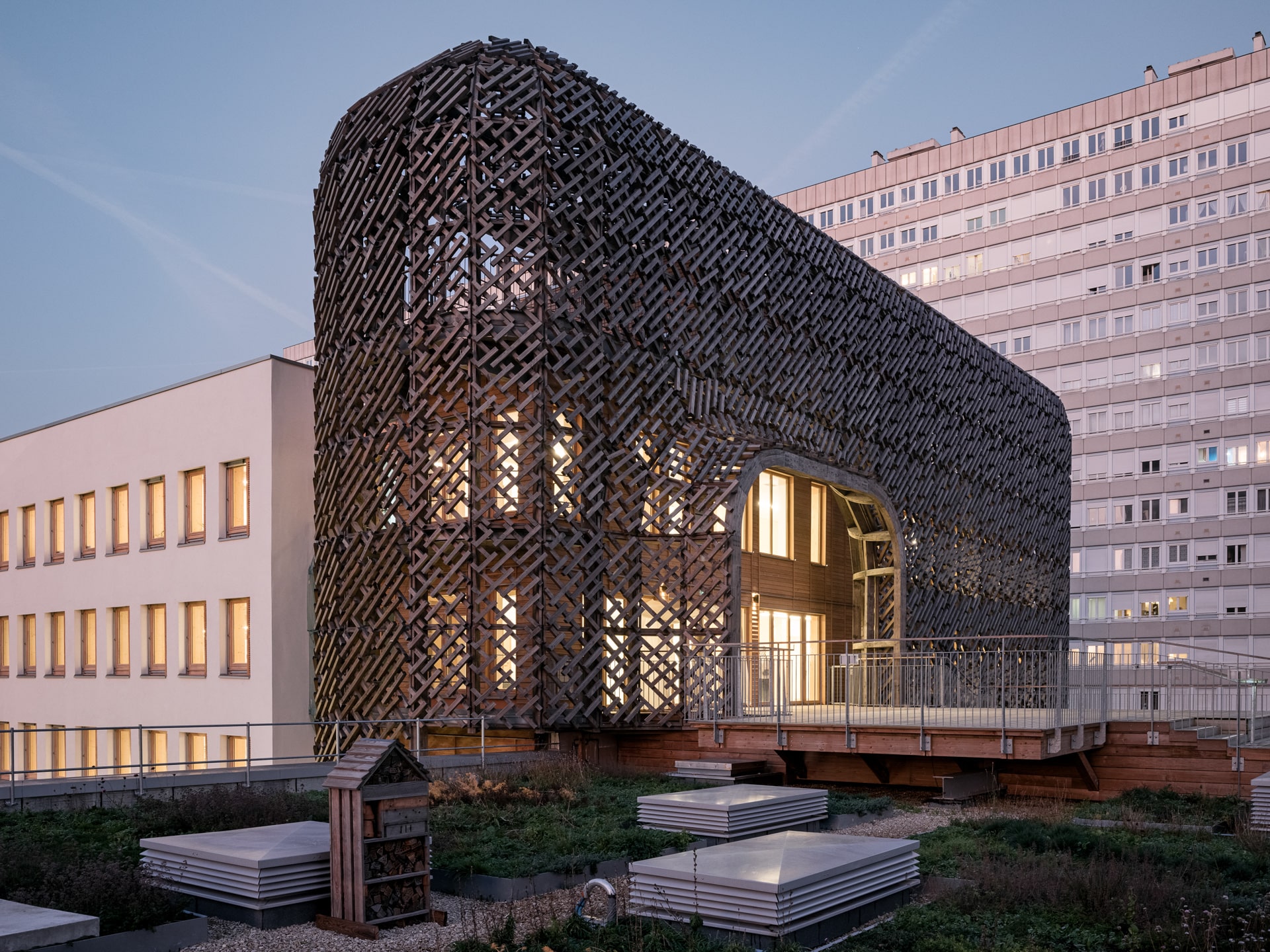
Leave a comment